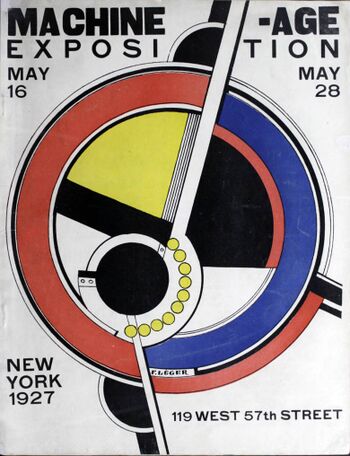RADIUM AGE ART (1927)
By:
October 6, 2024
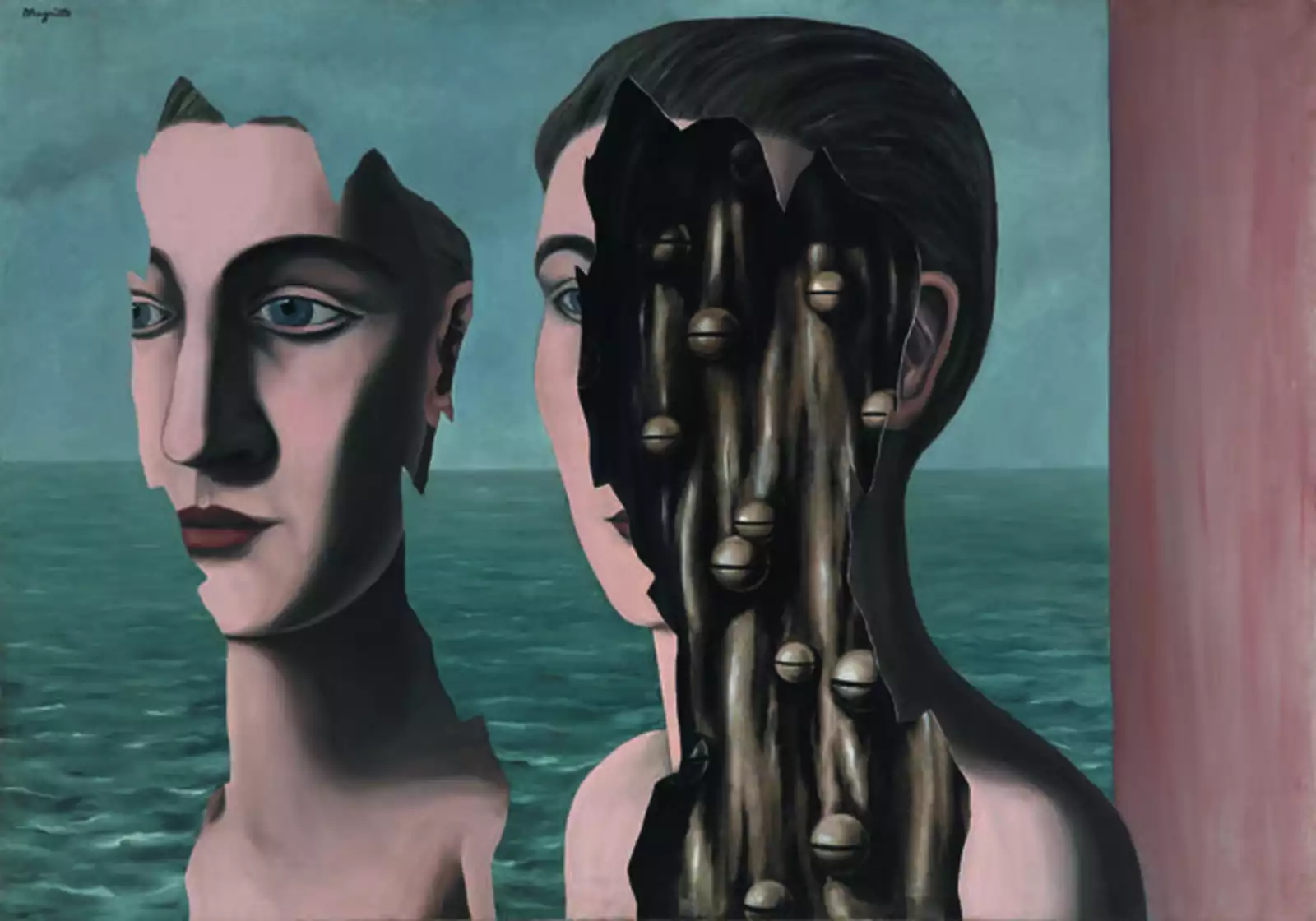
A series of notes regarding proto sf-adjacent artwork created during the sf genre’s emergent Radium Age (1900–1935). Very much a work-in-progress. Curation and categorization by Josh Glenn, whose notes are rough-and-ready — and in some cases, no doubt, improperly attributed. Also see these series: RADIUM AGE TIMELINE and RADIUM AGE POETRY.
RADIUM AGE ART: 1900 | 1901 | 1902 | 1903 | 1904 | 1905 | 1906 | 1907 | 1908 | 1909 | 1910 | 1911 | 1912 | 1913 | 1914 | 1915 | 1916 | 1917 | 1918 | 1919 | 1920 | 1921 | 1922 | 1923 | 1924 | 1925 | 1926 | 1927 | 1928 | 1929 | 1930 | 1931 | 1932 | 1933 | 1934 | 1935 | THEMATIC INDEX.
Machine-Age Exposition was held on 16-28 May 1927 at 119 West 57th Street in New York, being advertised as the first event bringing together “architecture, engineering, industrial arts and modern art.” The exhibition was initiated by Jane Heap of The Little Review, a New York literary magazine, and organised along with Société des urbanistes, Brussels; U.S.S.R. Society of Cultural Relations with Foreign Countries; Kunstgewerbeschule, Vienna; Czlonkowie Group Praesens, Warsaw; Architects D.P.L.G, Paris; and Advisory American Section. The artists committee of the exhibition included Alexander Archipenko, Robert Chanler, Andrew Dasberg, Charles Demuth, Muriel Draper, Marcel Duchamp, Josef Frank, Hugh Ferriss, Louis Lozowick, André Lurçat, Elie Nadleman, Man Ray, Boardman Robinson, Charles Sheeler, Ralph Steiner, Szymon Syrkus and L. Van der Swallmen. See the catalog here.
The anthropologist Franz Boas’s Primitive Art rejects racist analyses of tribal art via which the thinking non-Western peoples are construed as magical, childlike, and “pre-logical.” Boas treated artwork by non-Western peoples with respect, analyzing its formal inventiveness and symbolism. He also argues, here and elsewhere, that rational thinking in “advanced” societies is strictly restricted to the fields of science and technology; politics and daily life continue to be determined by illogical habits and unconscious associations. (“We have never been modern,” Bruno Latour would later argue about science as well.)
Malevich’s suprematist paintings are seen outside Russia for the first time, when he brings a large group of them to the Bauhaus in Dresden, where he taught for a year. Although the paintings certainly seemed absolutely abstract, many of them had titles like Painterly Realism of a Football Player.

Clarice Cliff begins test marketing her “Bizarre” pottery decoration in the UK.
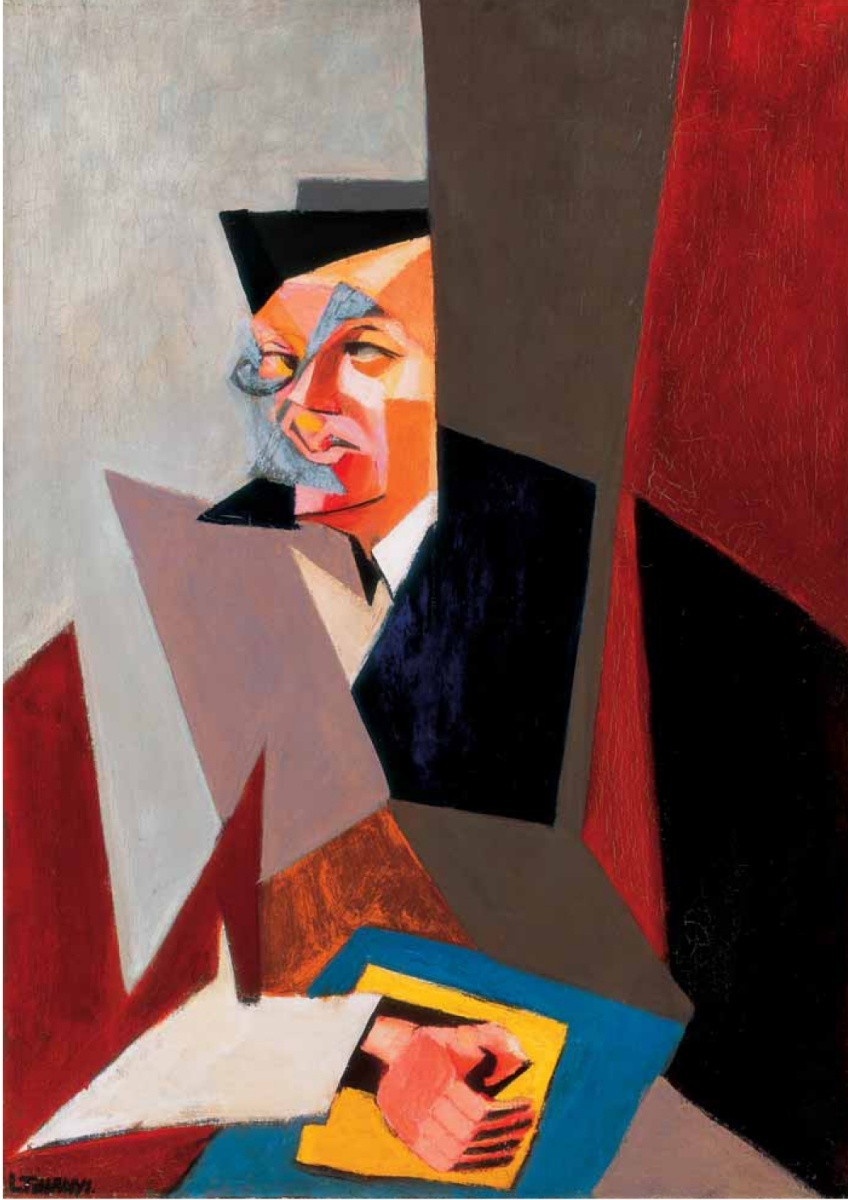
Lindbergh flies nonstop from New York to Paris; Sacco and Vanzetti executed; Holland Tunnel opens.
Freud’s The Future of an Illusion, Heidegger’s Being and Time, Kafka’s Amerika (posthumous), Proust’s A la recherche du temps perdu (posthumous), Virgina Woolf’s To the Lighthouse, Yeats’s The Tower.
Fritz Lang’s Metropolis.
Also see: RADIUM AGE: 1927.
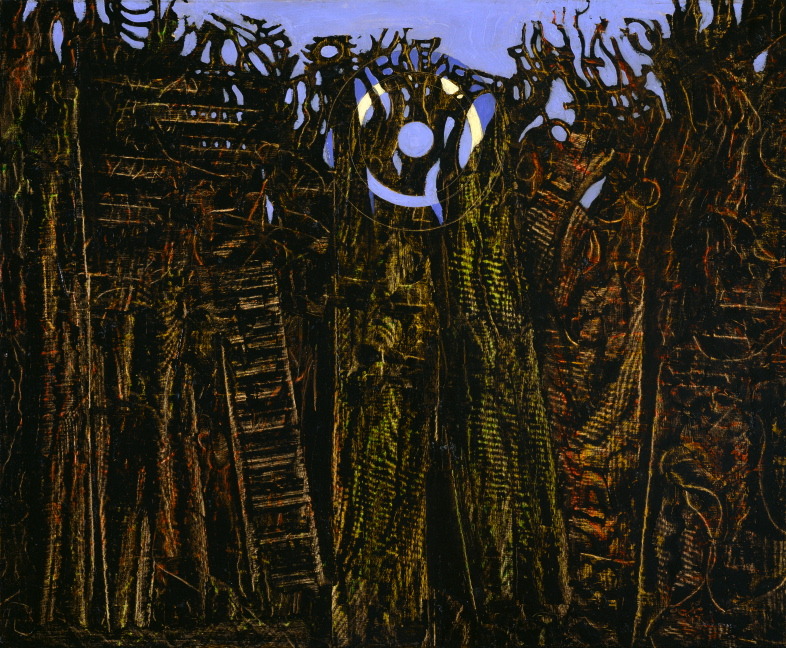
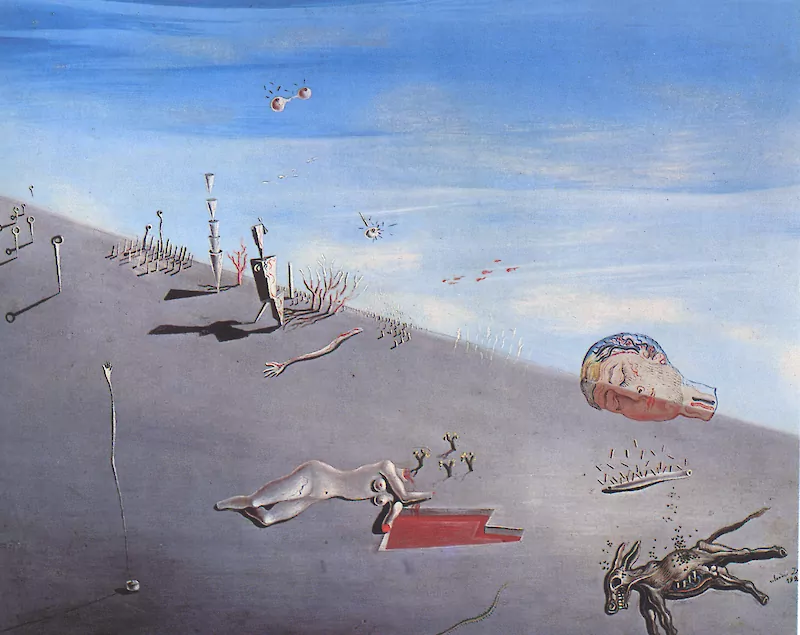
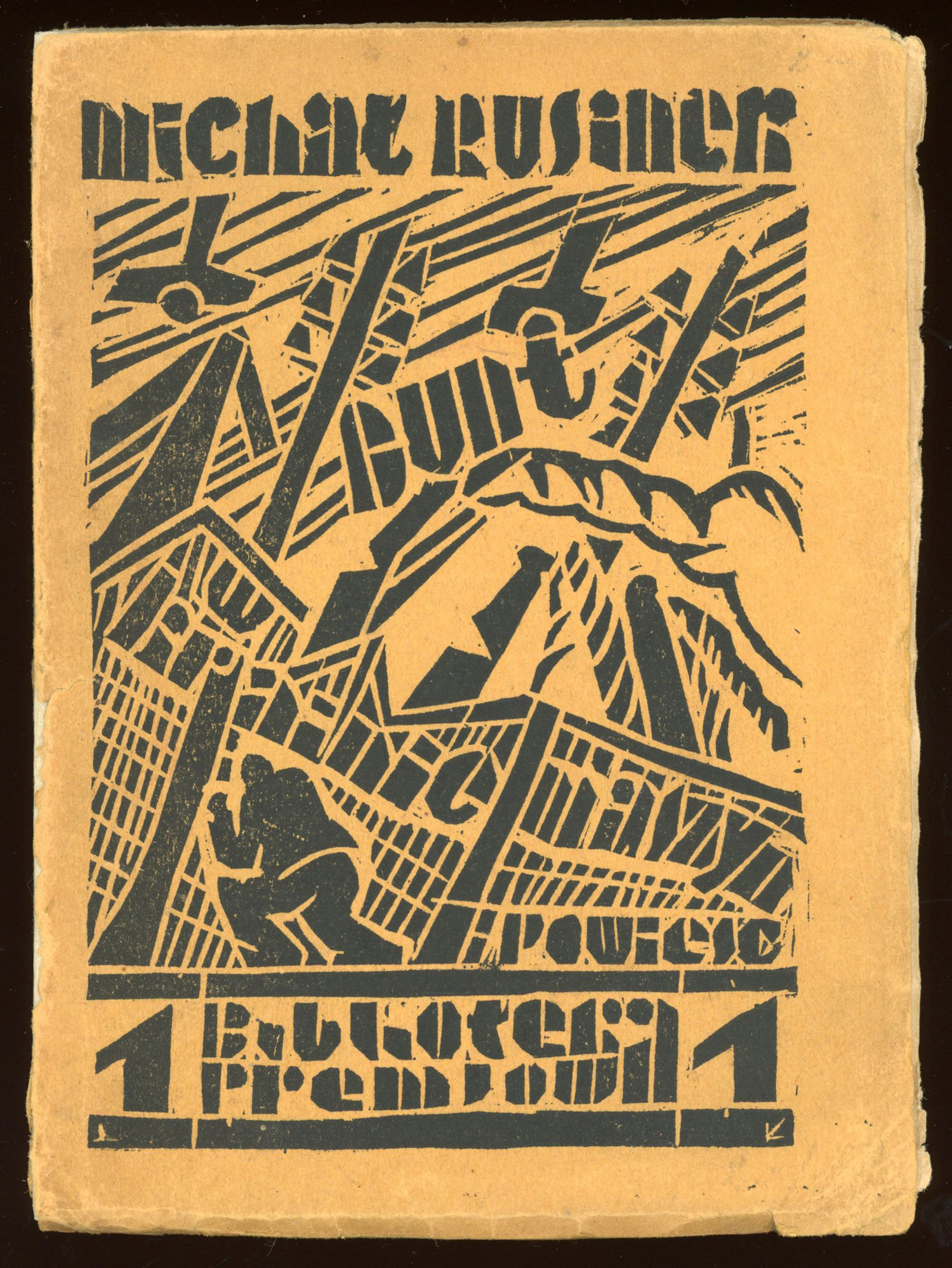
Michal Rusinek’s Bunt w Krainie Maszyn [Revolt in the land of machines]. Kraków. An apocalyptic science fiction novel set in the “land of machines” that depicts a crisis between human life and intelligent machines. The first book of the Polish Futurist writer and poet Michal Rusinek (1904-2001). Wrapper design by Józef Stawowski-Kluska (1902-1975), the Polish painter and graphic artist, a fusion of expressionist and cubist elements that incorporates the book’s title into a dynamic depiction of a disintegrating world.
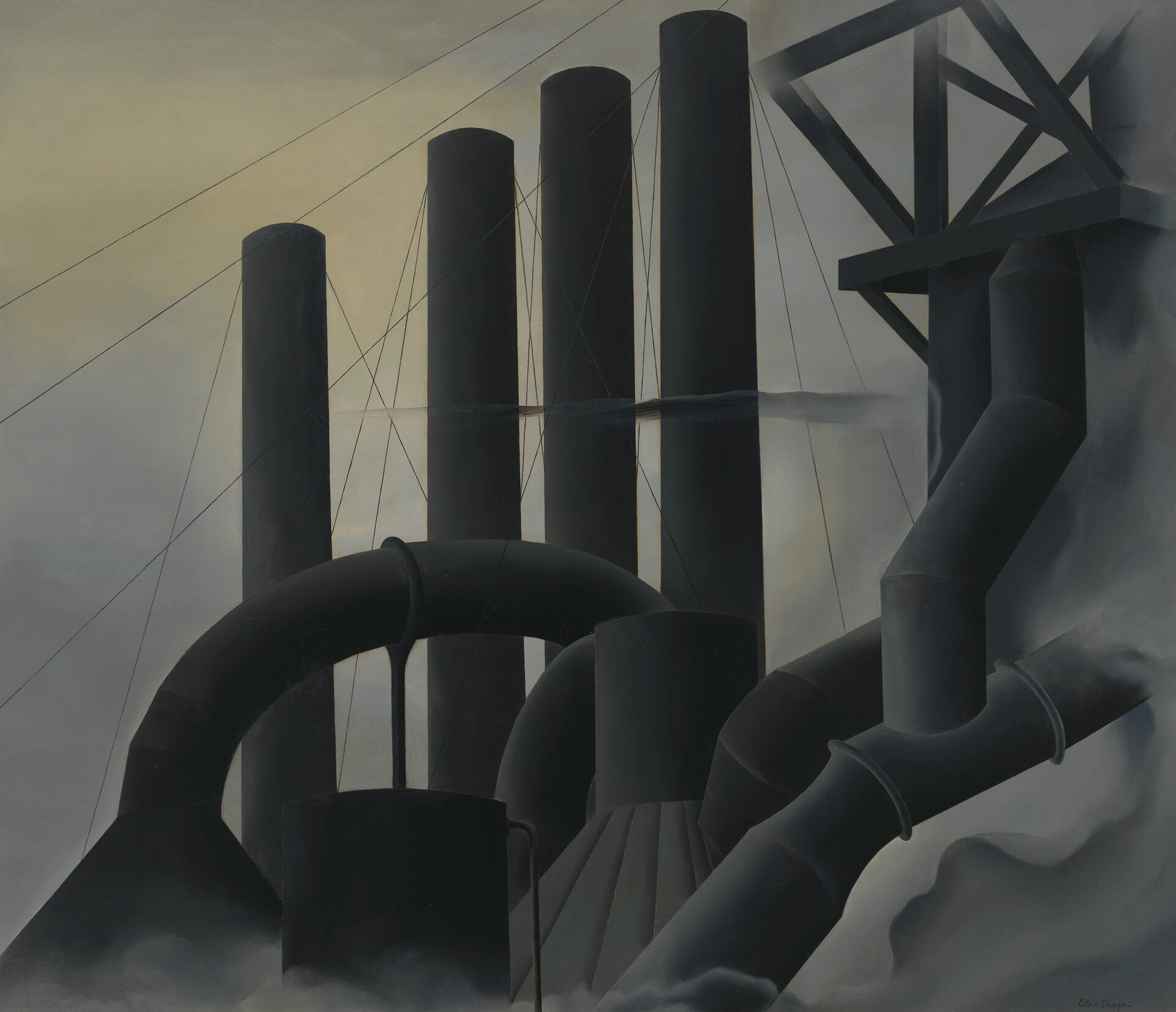
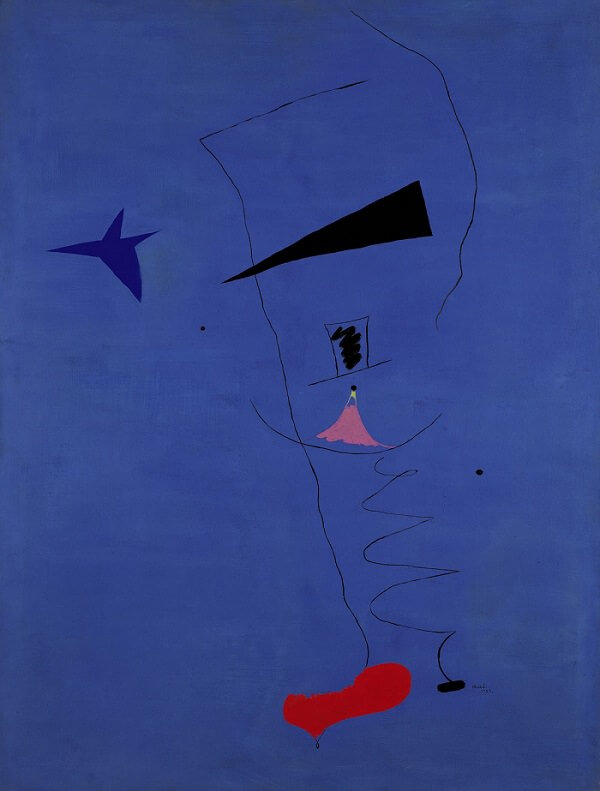
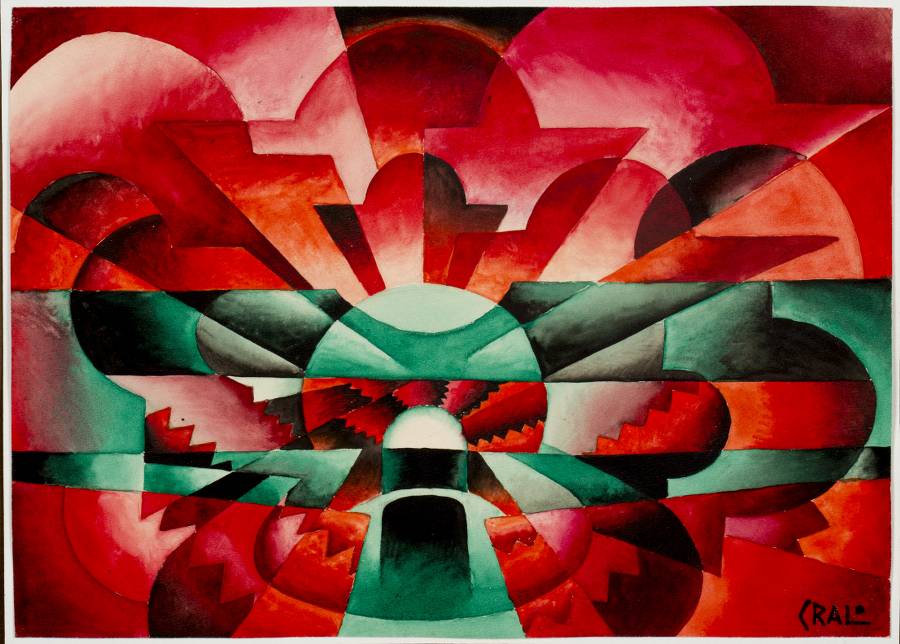
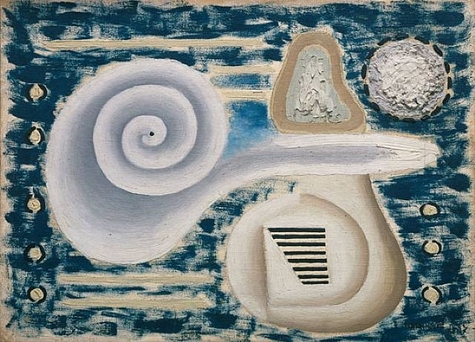


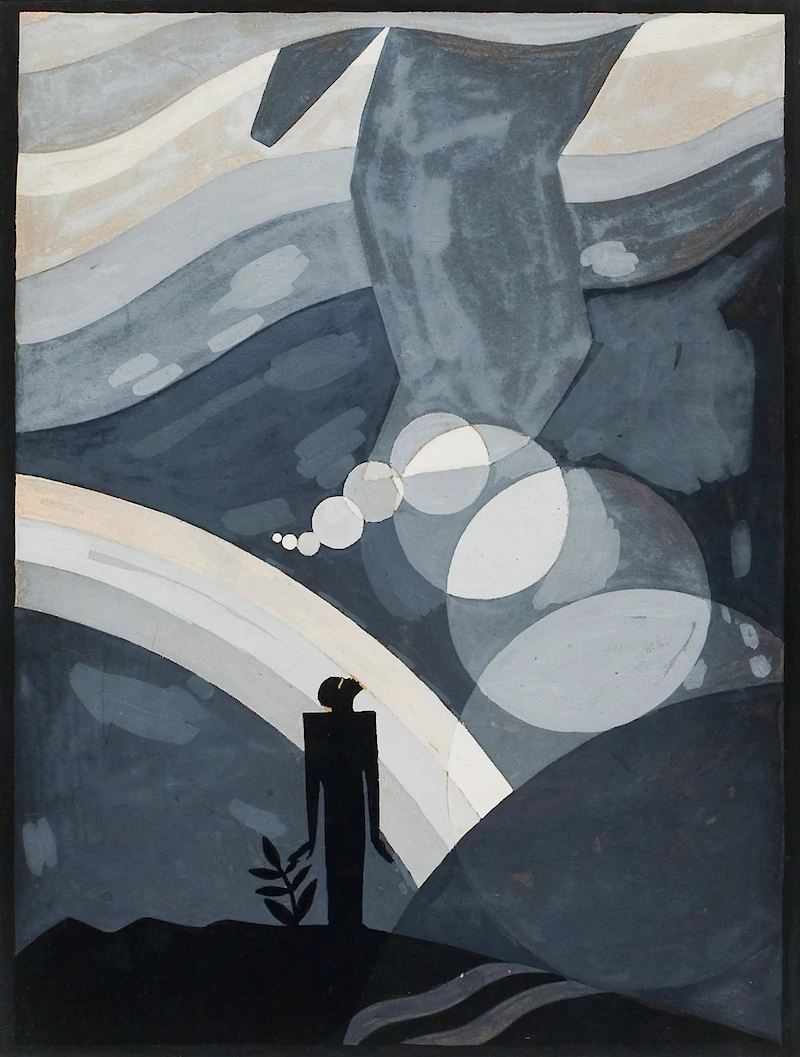
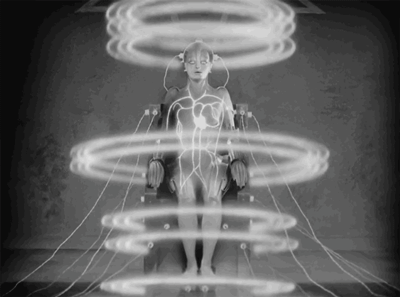
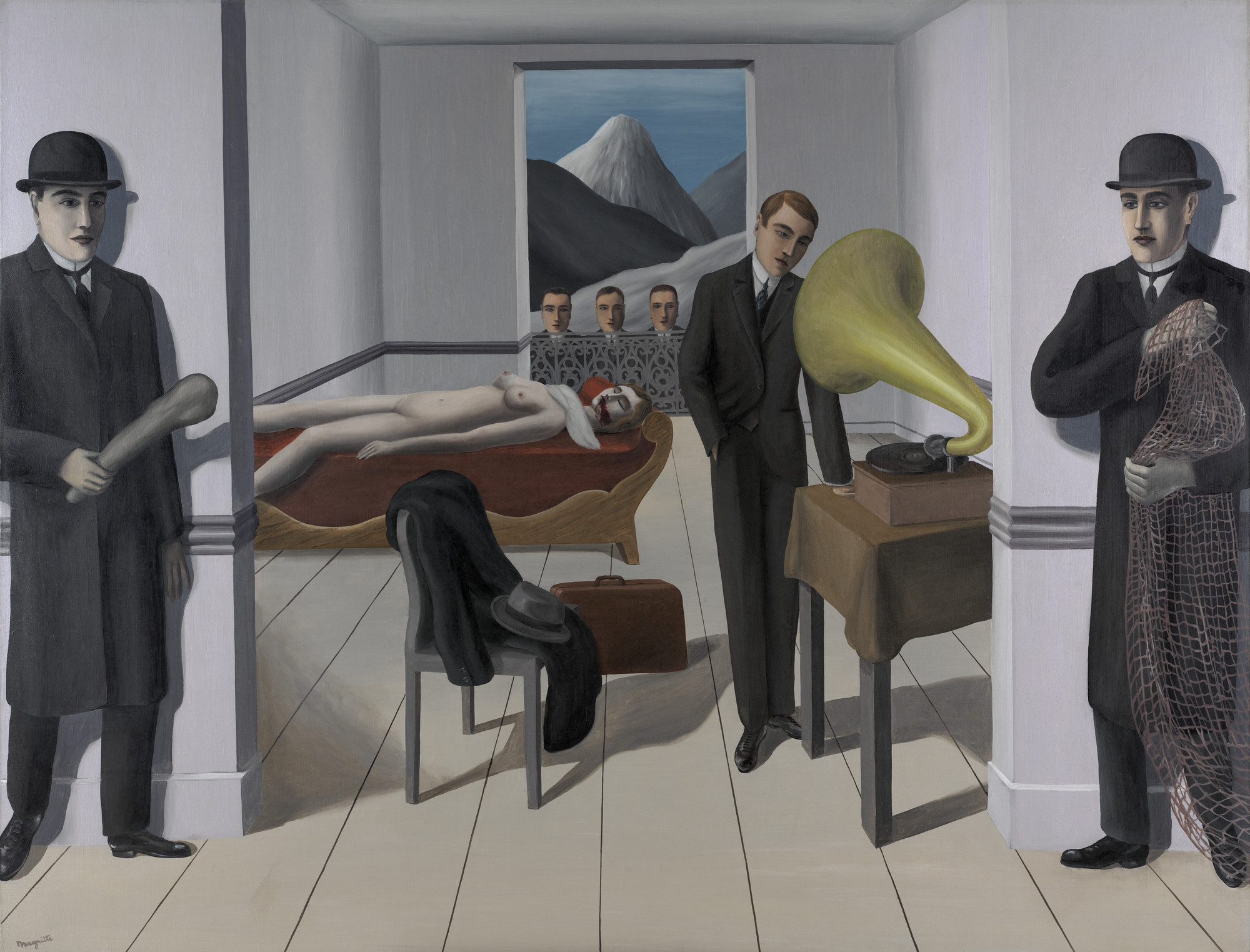
I’ve also seen this dated to 1926.
The assassin of the painting’s title, a well-dressed man, stands ready to leave, his coat and hat on a chair next to his bag. He is however delayed by the sound of music, and in an unhurriedly relaxed manner, listens to a gramophone. In the meantime, two men armed with club and net wait in the foyer to ensnare him.
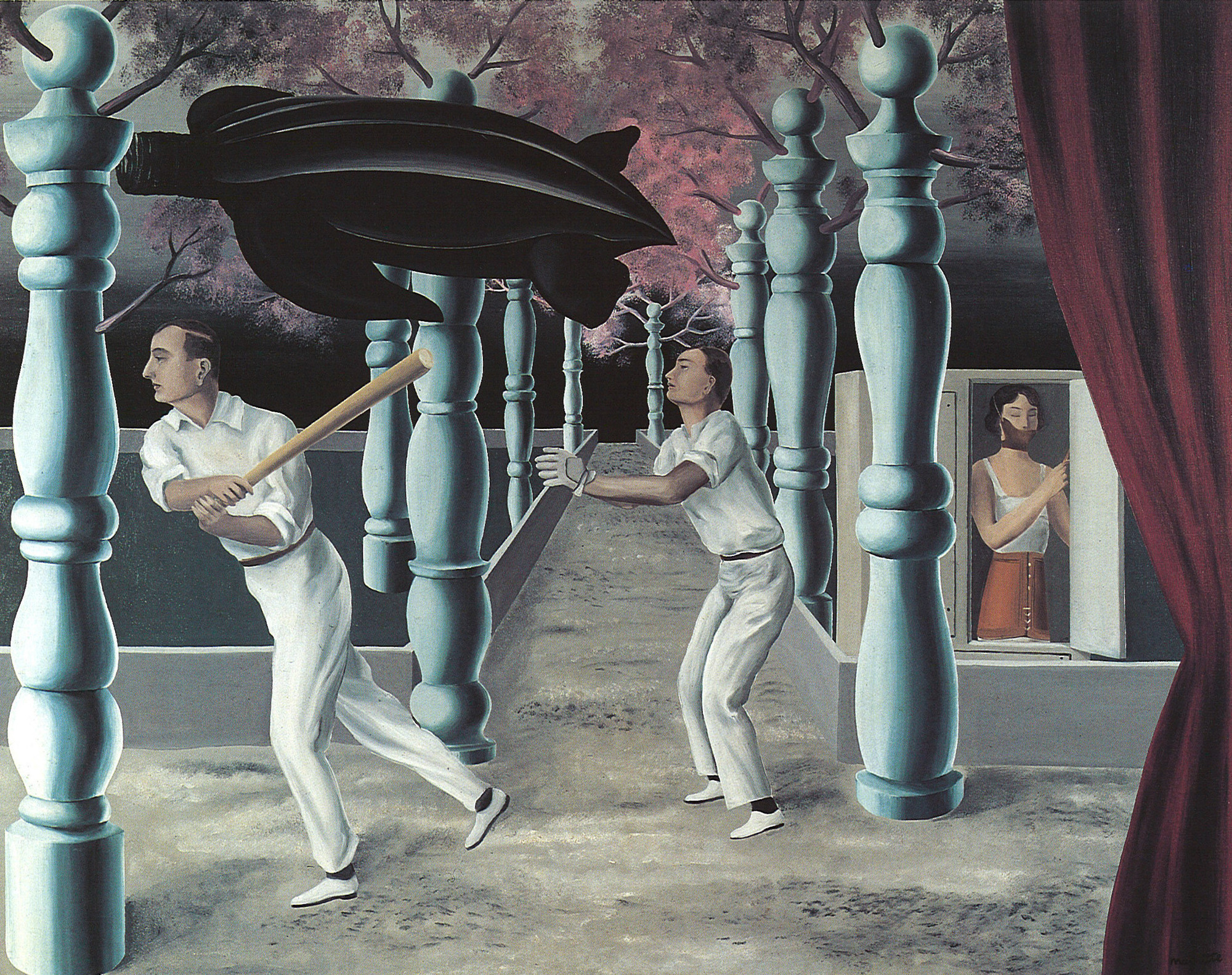
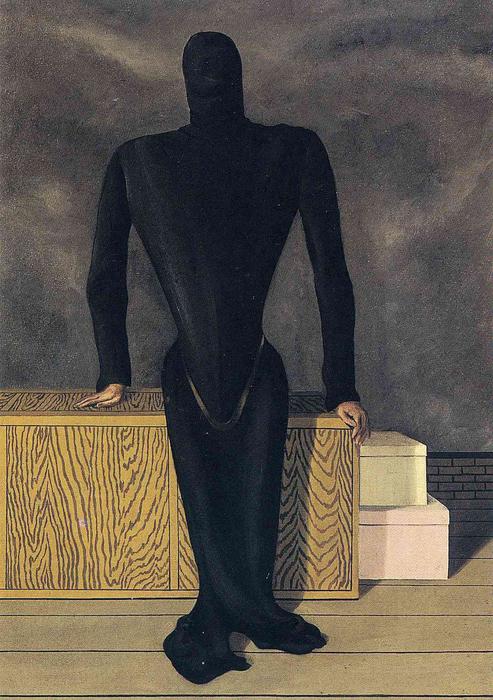

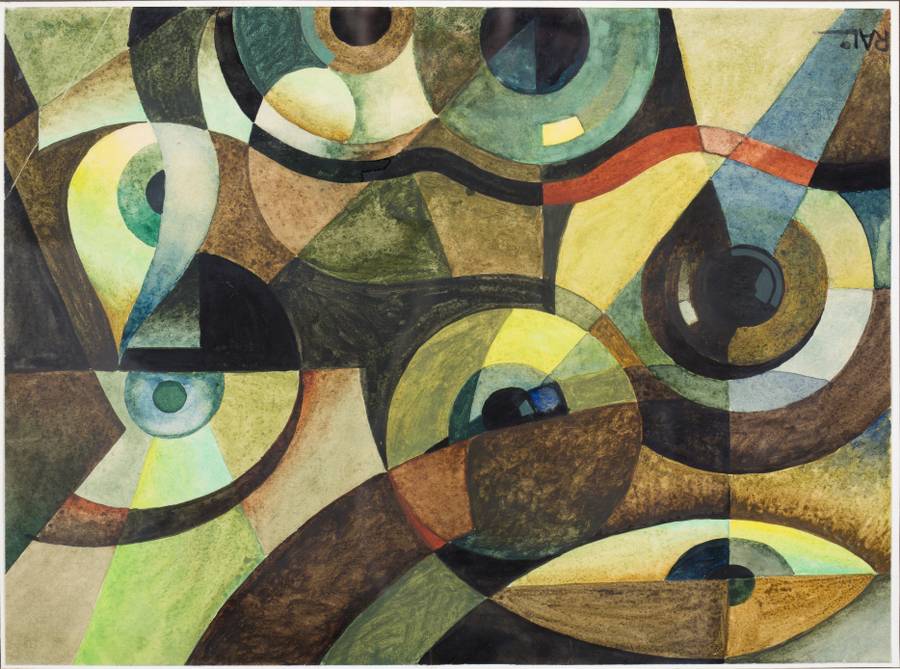
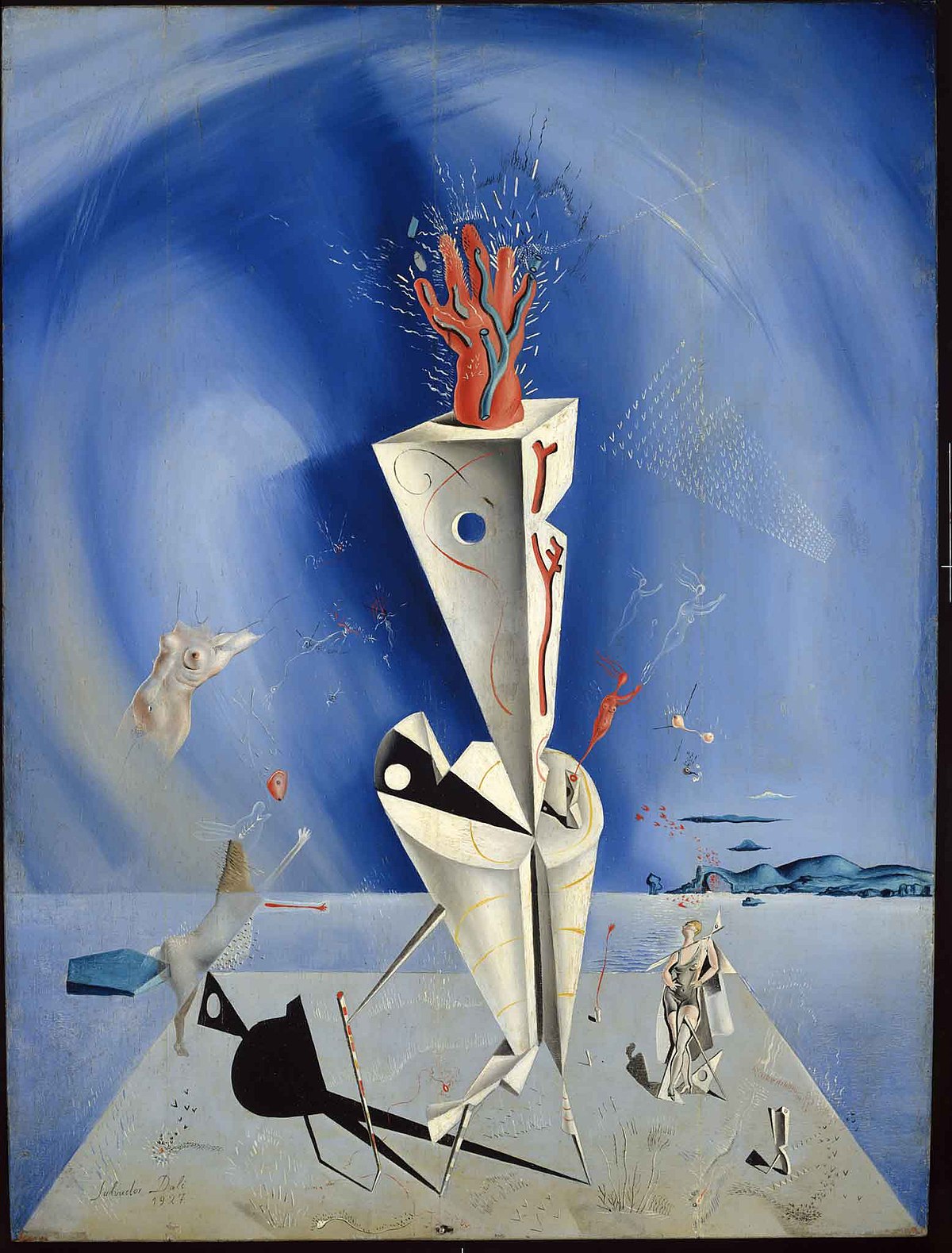
Dali had a great interest in the ideas of Sigmund Freud, and read his books including The Psychopathology of Everyday Life, and The Interpretation of Dreams, which had recently been published. This painting with its dream-like symbols, shows the influence. Dali would join the surrealists in 1929, and this pre-surrealist painting shows the influence that group, who also were inspired by Freud.
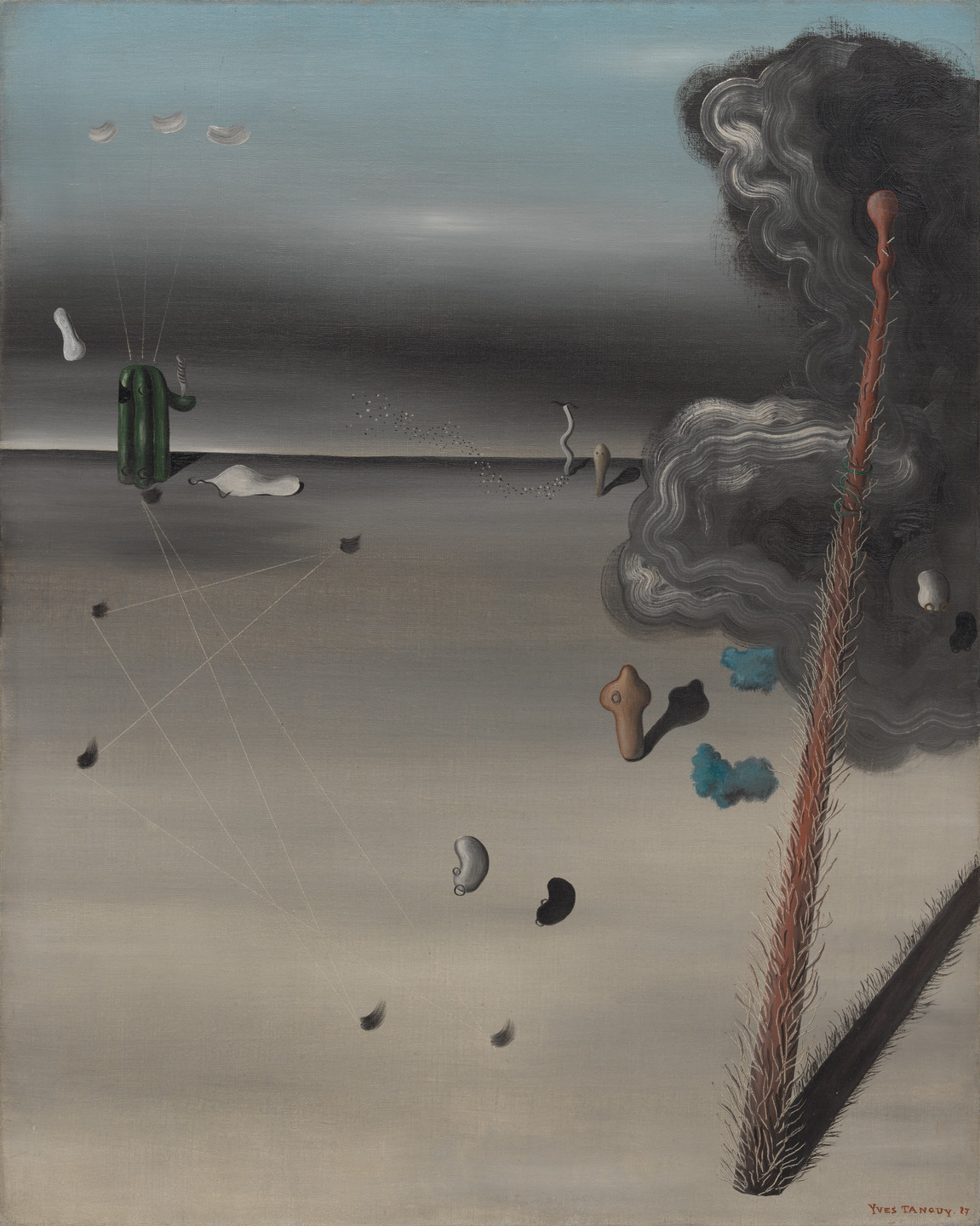
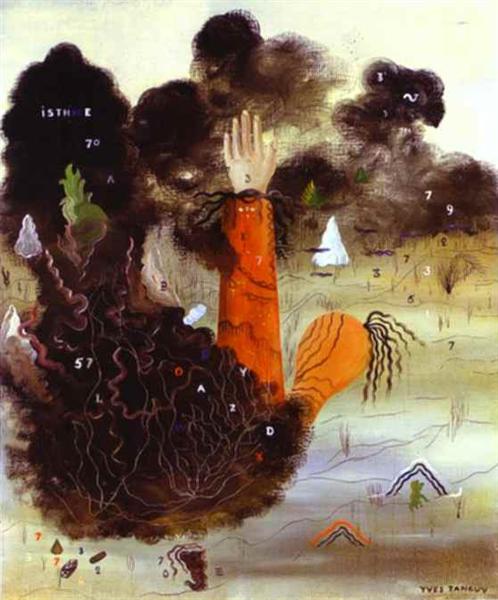
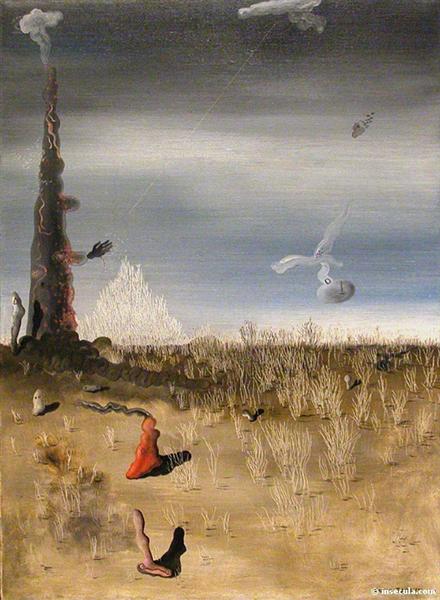

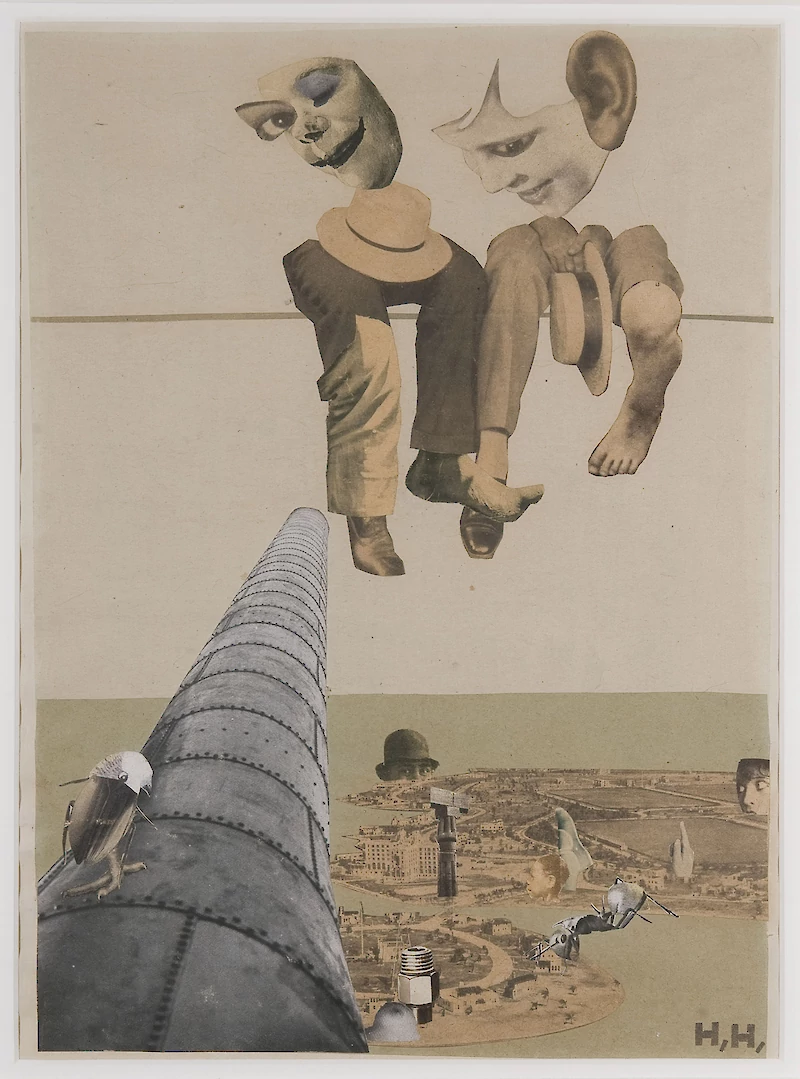
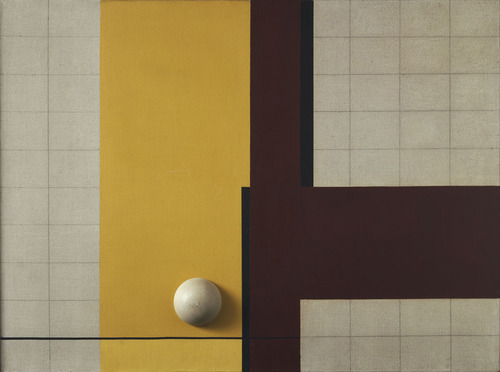
One of the first artists to spend his entire career using the language of abstraction, Vordemberge-Gildewart was well-known for his use of free-floating, linear diagonal elements.
After meeting Theo van Doesburg, Kurt Schwitters and Hans Arp, he became a member of De Stijl in 1925. In 1937, in Munich, the Nazi regime exposed his works in the infamous Degenerate Art exhibition. Most of his works were confiscated and he was forced to leave Germany for the Netherlands.
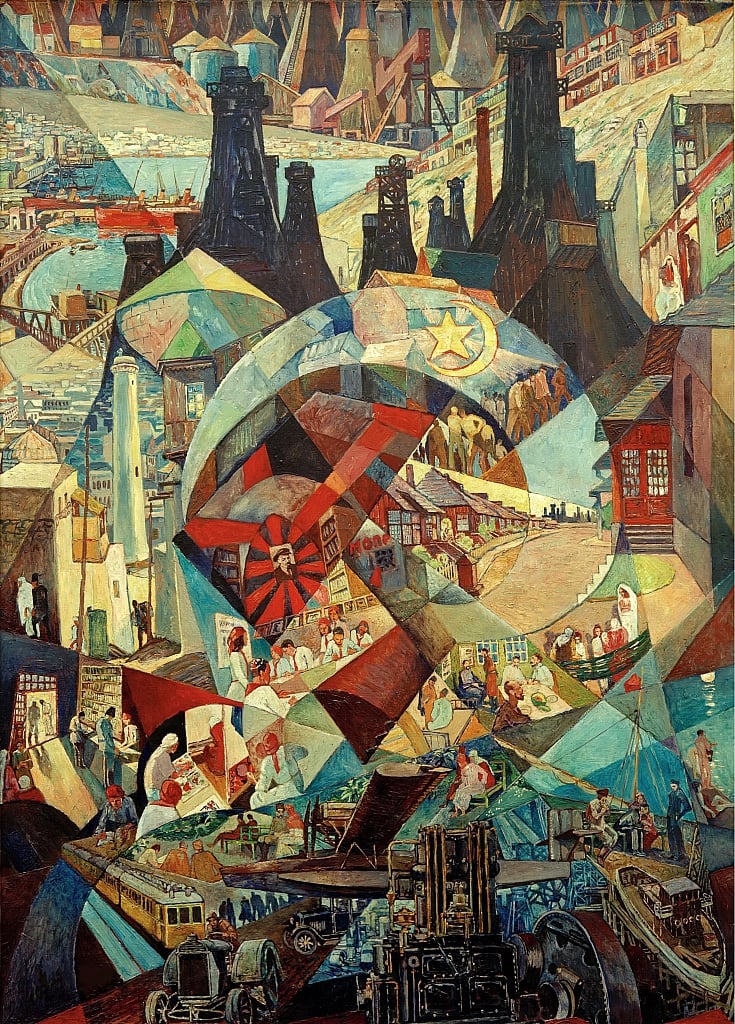
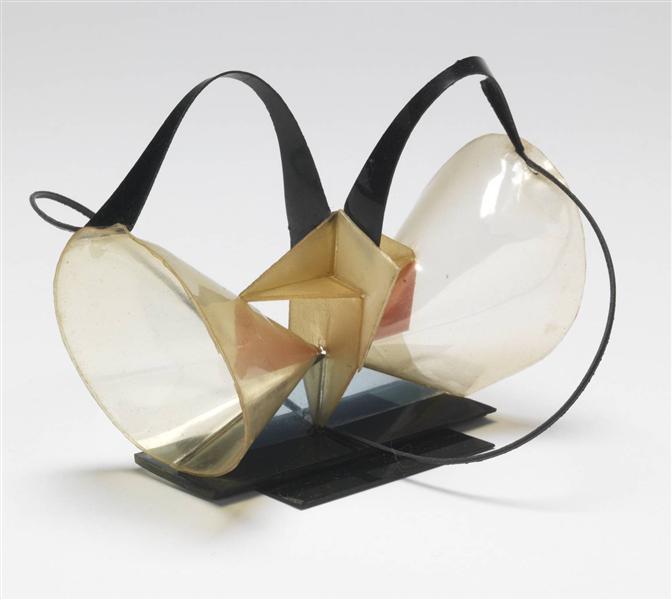
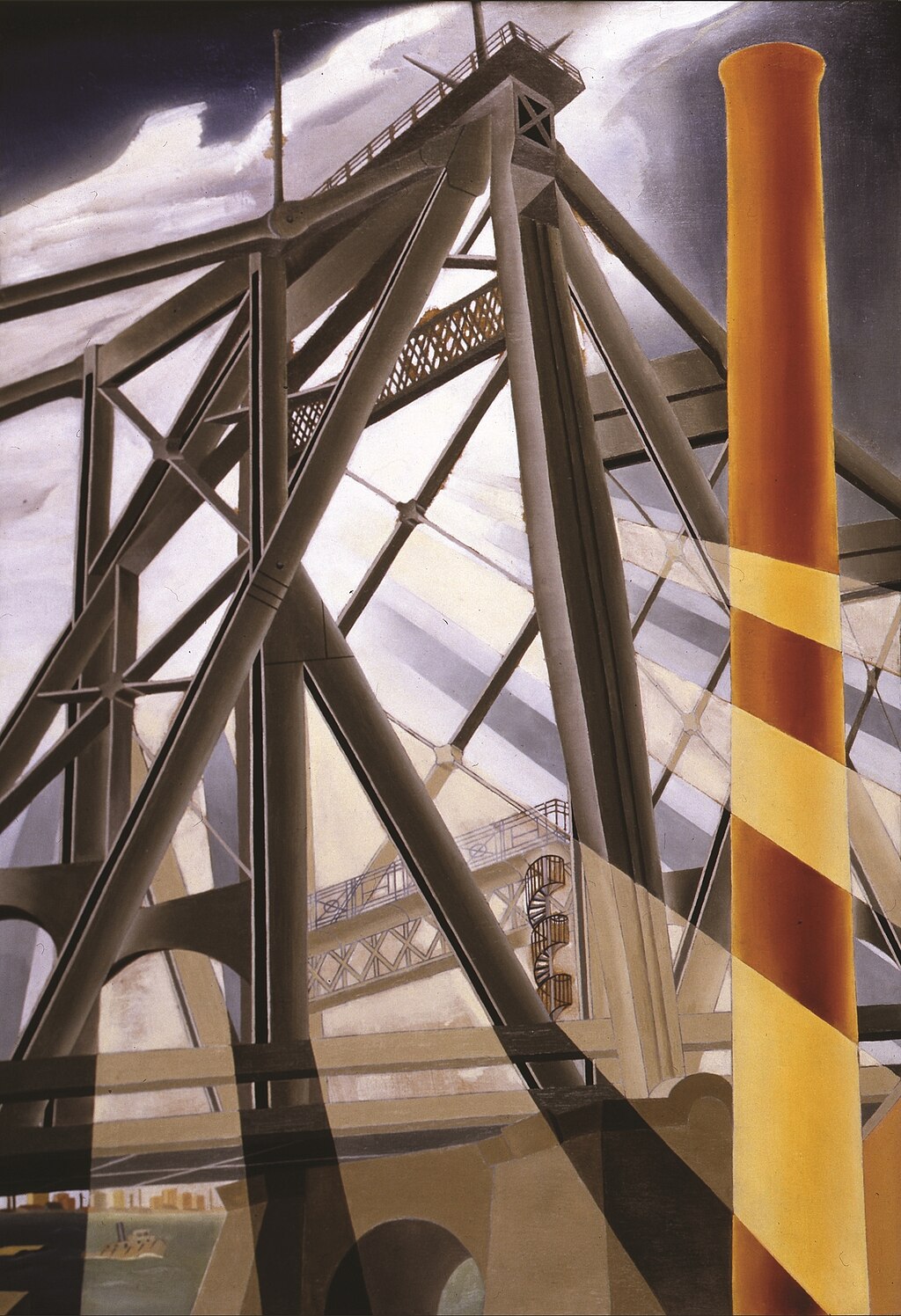
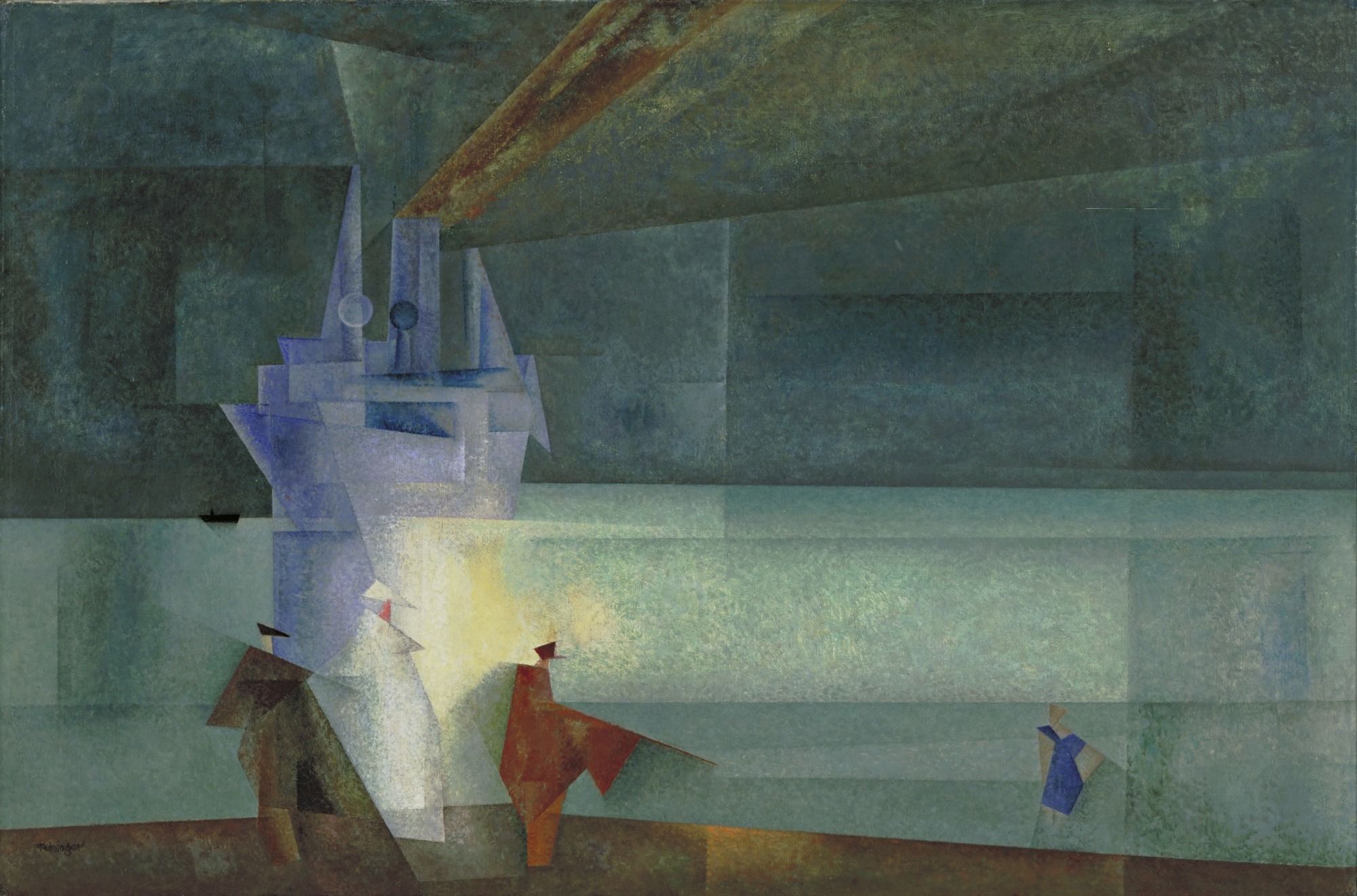
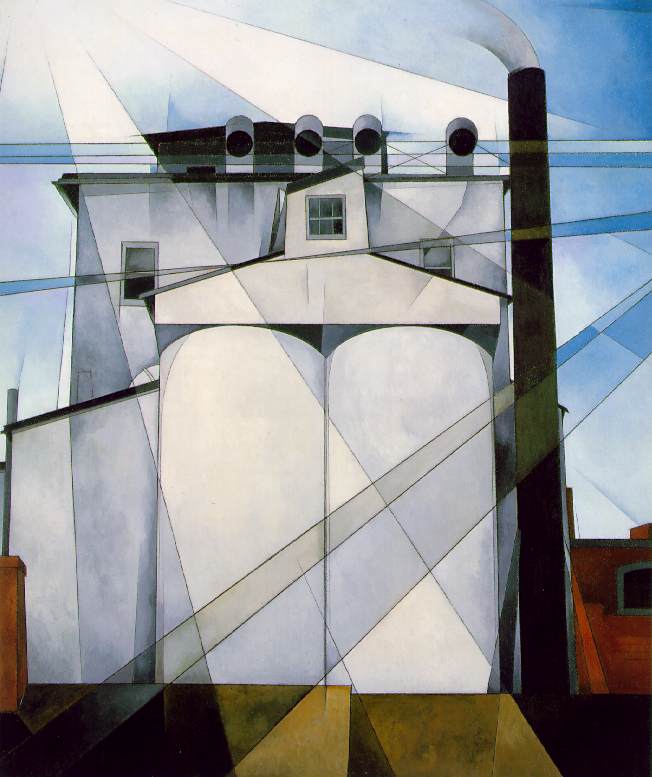
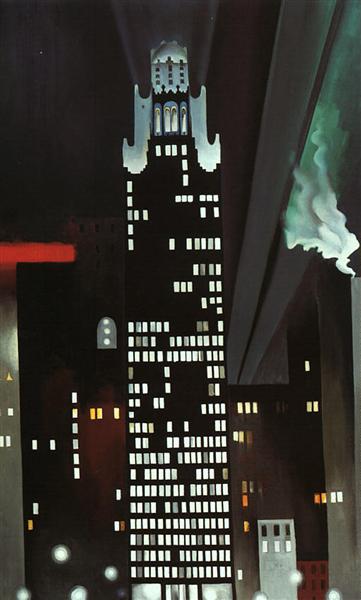
Considered a Precisionist painting. O’Keeffe created a series of paintings of skyscrapers in New York City between 1925 and 1929, after she moved to an apartment on the 30th floor of the Shelton Hotel. She was fascinated with the city’s early skyscrapers that were built by the end of the 1920s.
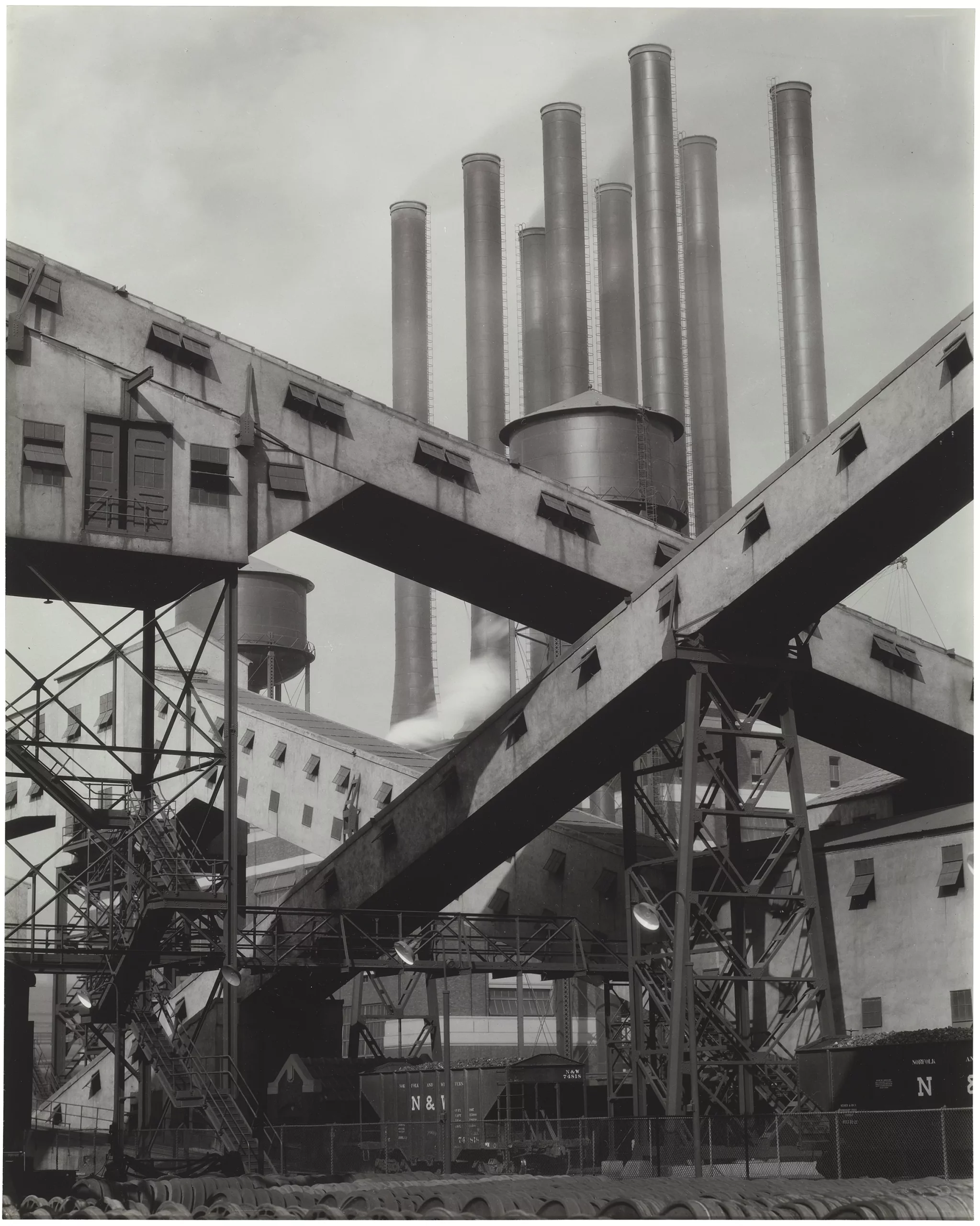
We read: “A realistic painter as well as a photographer, Sheeler rarely failed to uncover harmonious coherence in the forms of indigenous American architecture. His series of photographs of the Ford plant near Detroit was commissioned by the automobile company through an advertising agency. Widely reproduced in Europe and America in the 1920s, this commanding image of technological utopia became a monument to the transcendent power of industrial production in the early modern age.”
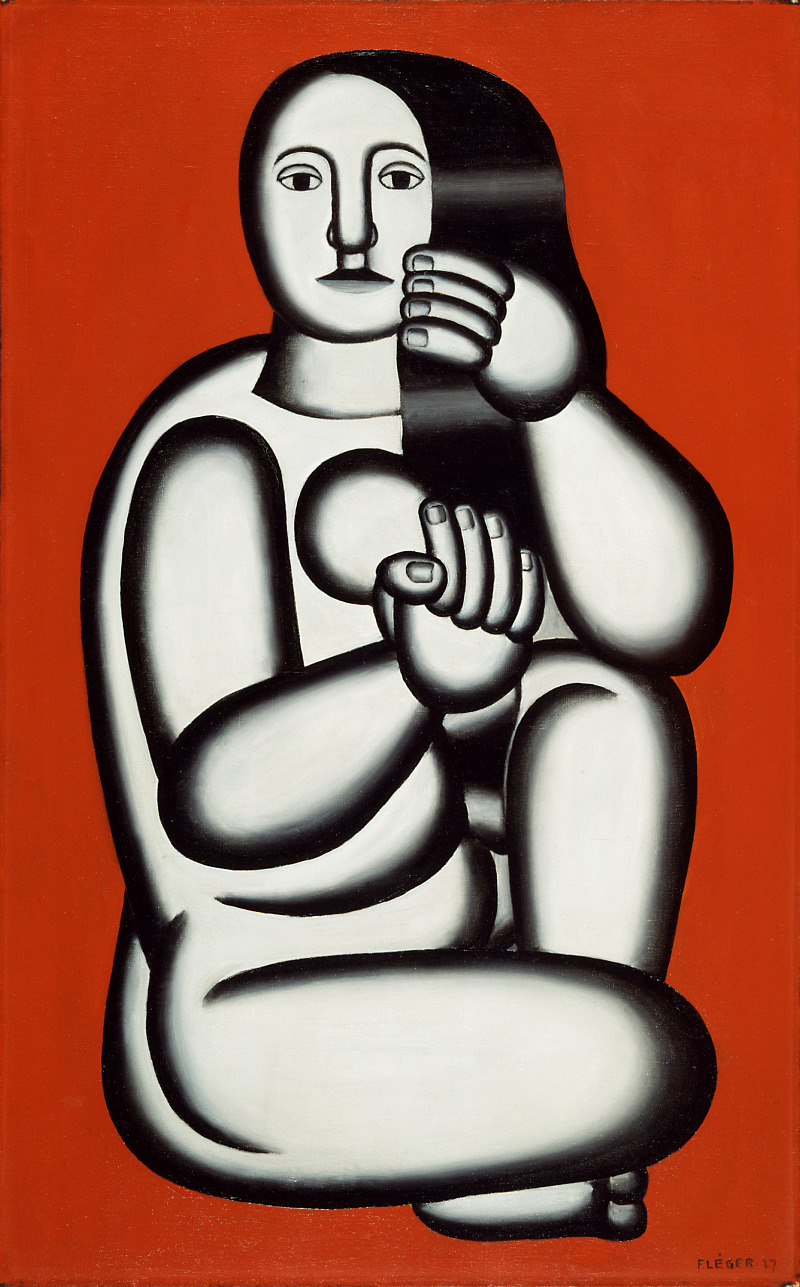
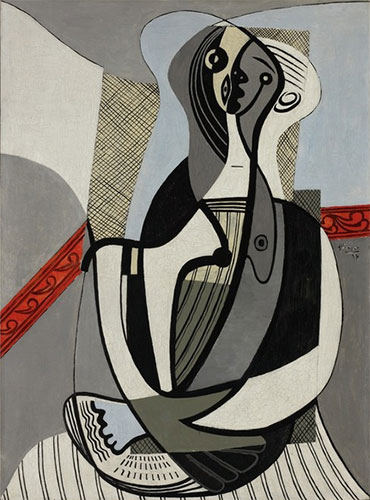
The blob-like forms concealed in Picasso’s work since 1925 begin to make themselves fully visible.
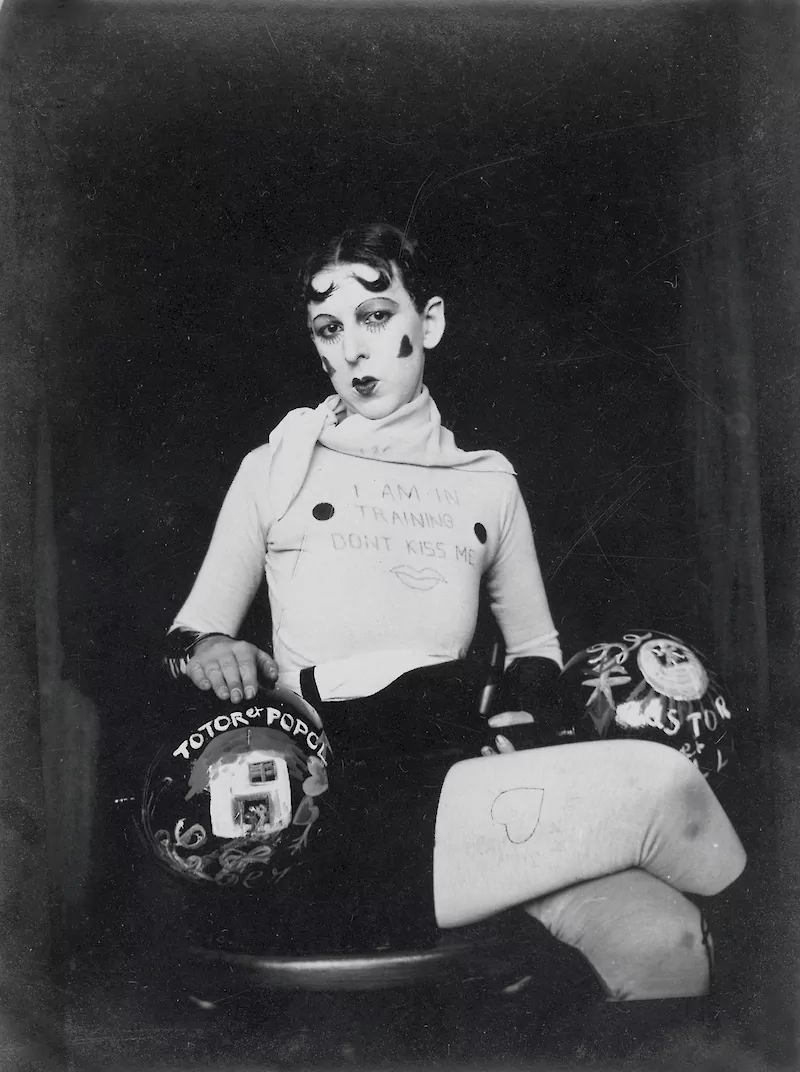
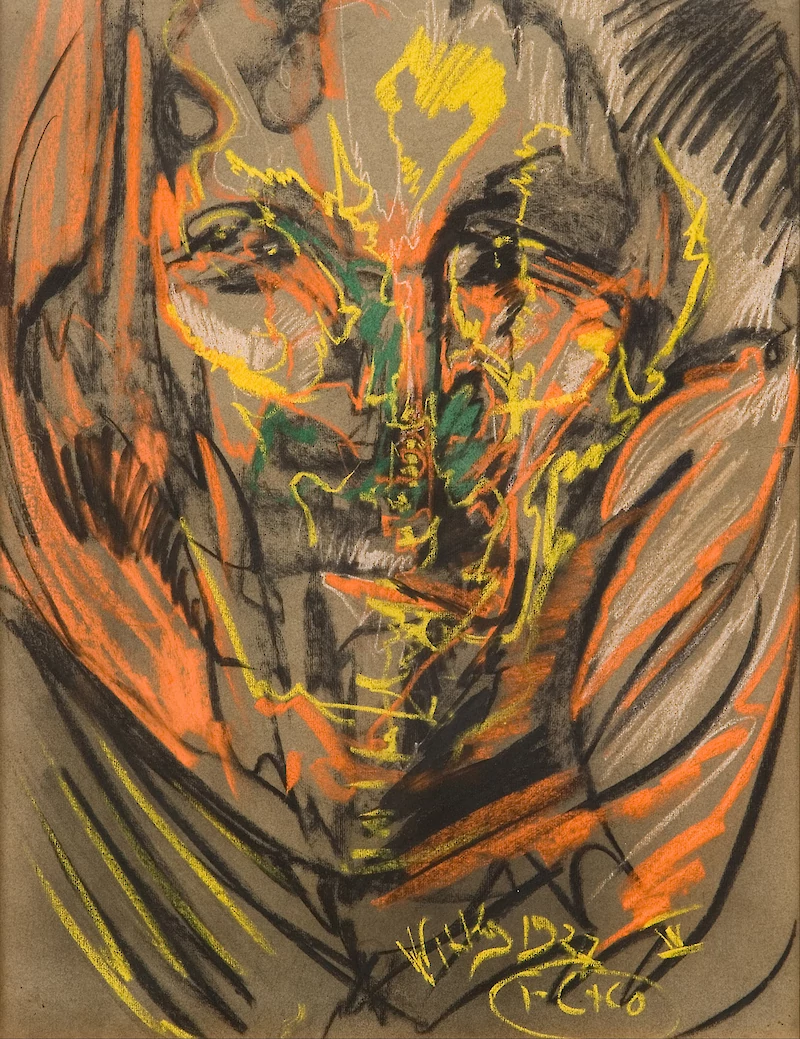
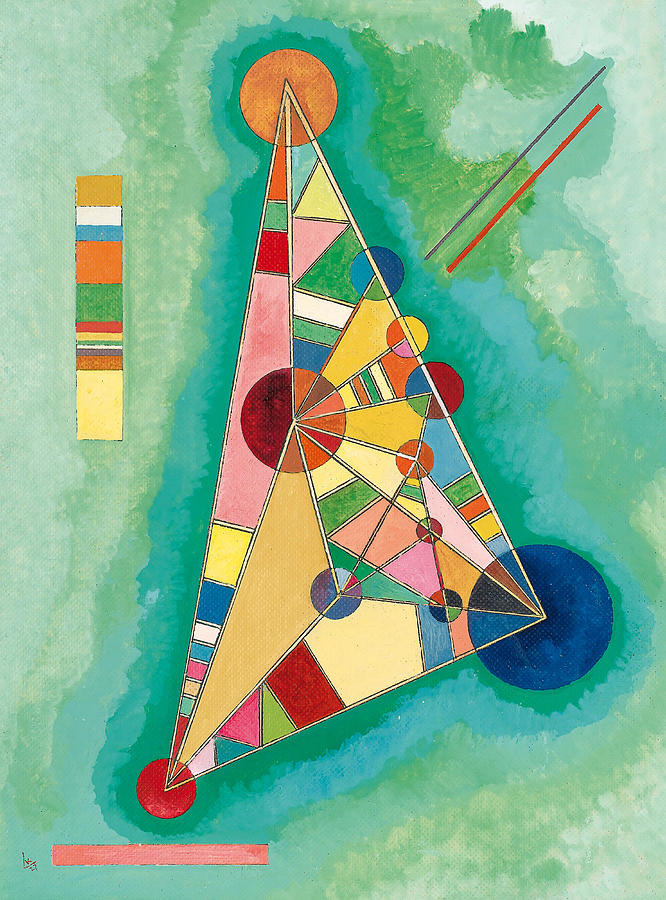
Bunt Im Dreieck (Variegation in the triangle) is — we read — “one of the most remarkable examples of the philosophy that led Kandinsky to give spiritual value to geometric forms and colors during his Bauhaus years.” Painted in 1927, this picture marks a decisive turning point in Kandinsky’s work. Distancing himself from artists who had embraced the rational precepts of Russian Constructivism or Supremataism, Kandinsky placed intuition and spirituality at the heart of his artistic approach. His painting, as Variegation in the Triangle shows, was “henceforth characterized by lyricism and a simplification of forms: immortalized shapes become calm and solemn and a magnificent range of colors once more nuances his pictures.”


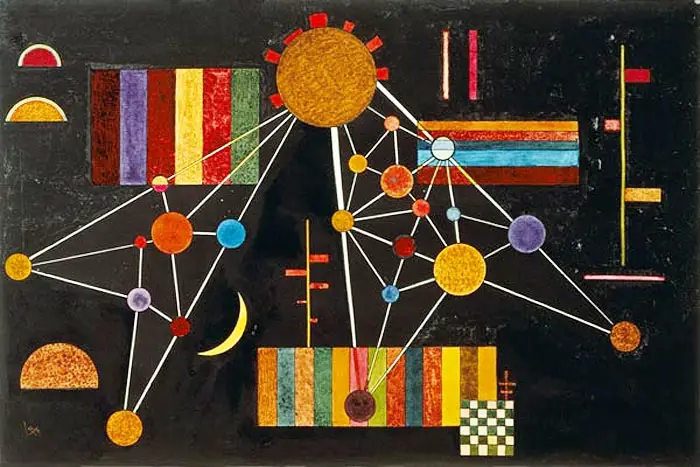
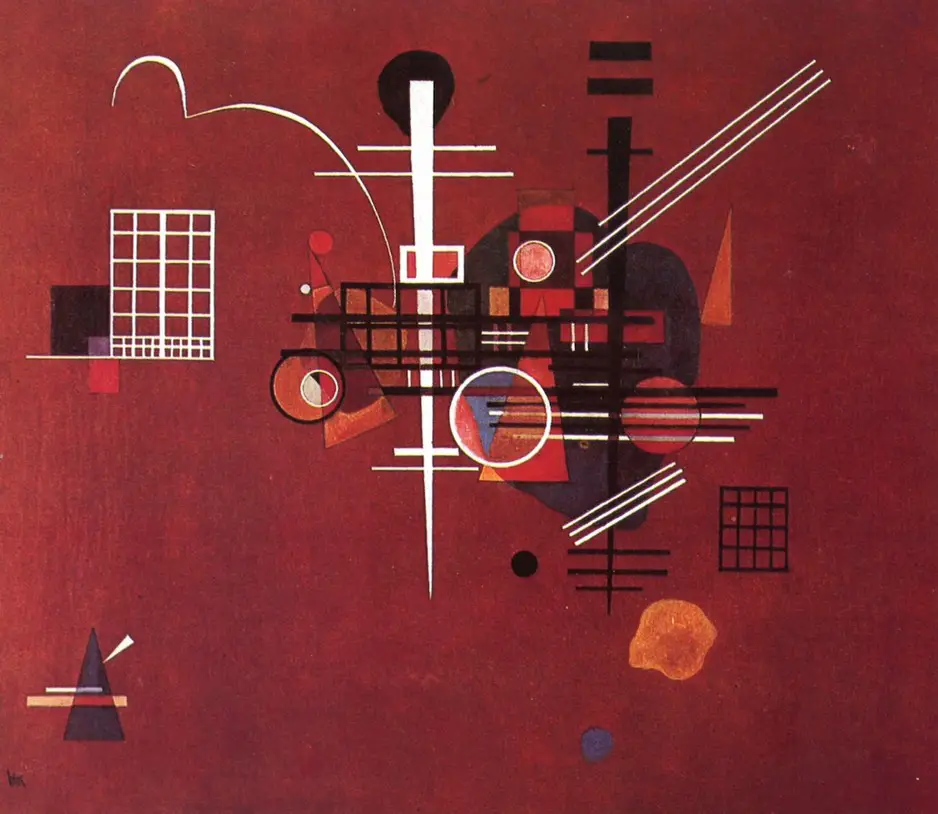
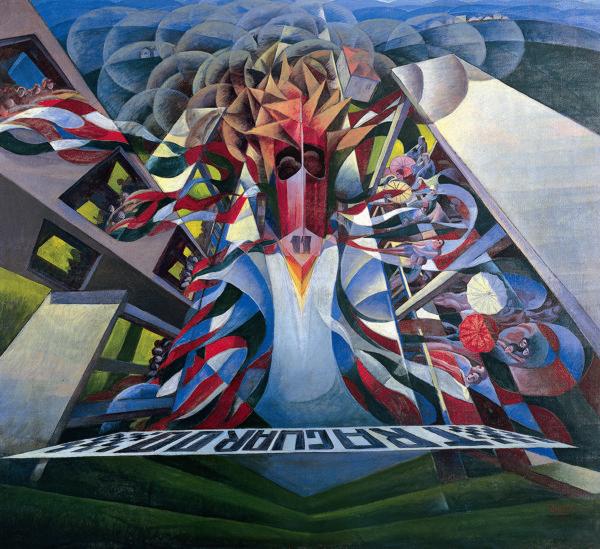

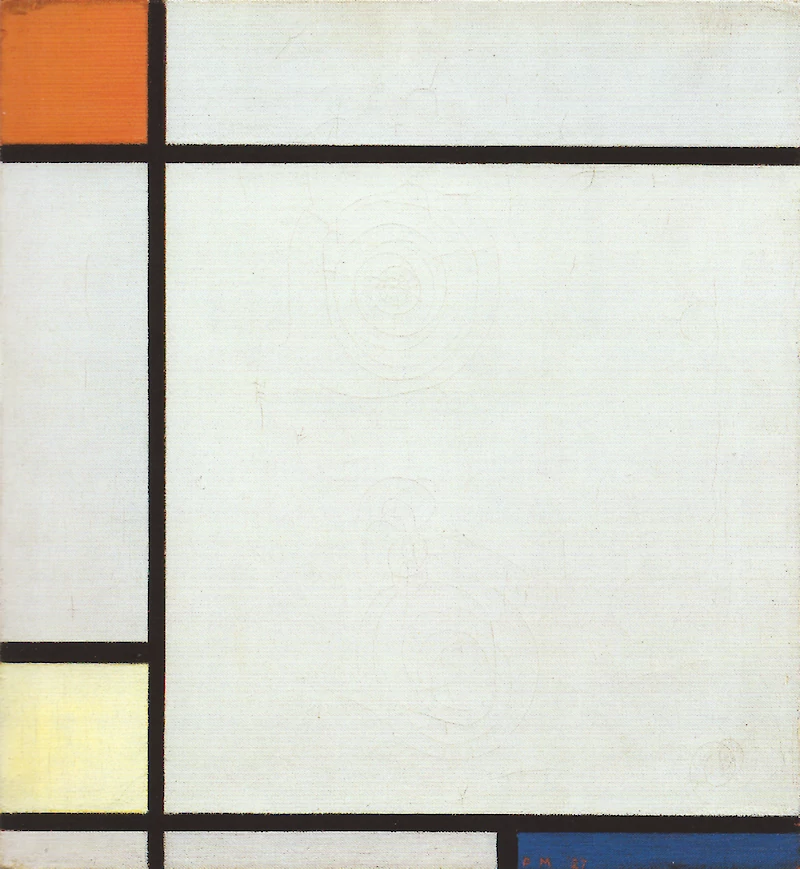
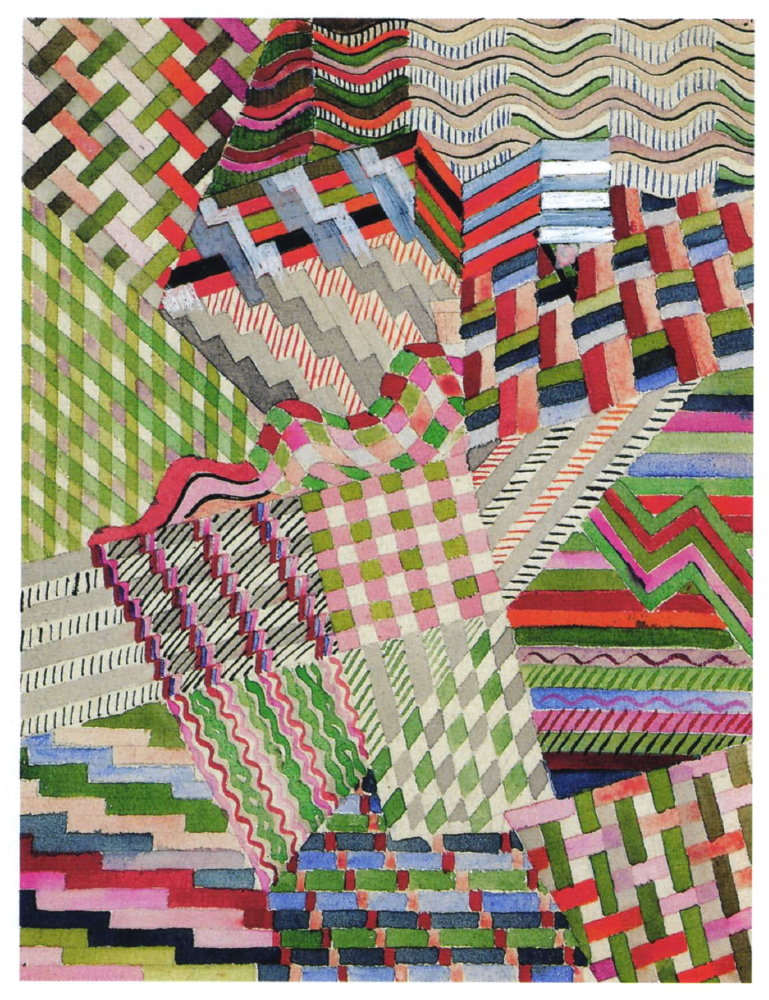
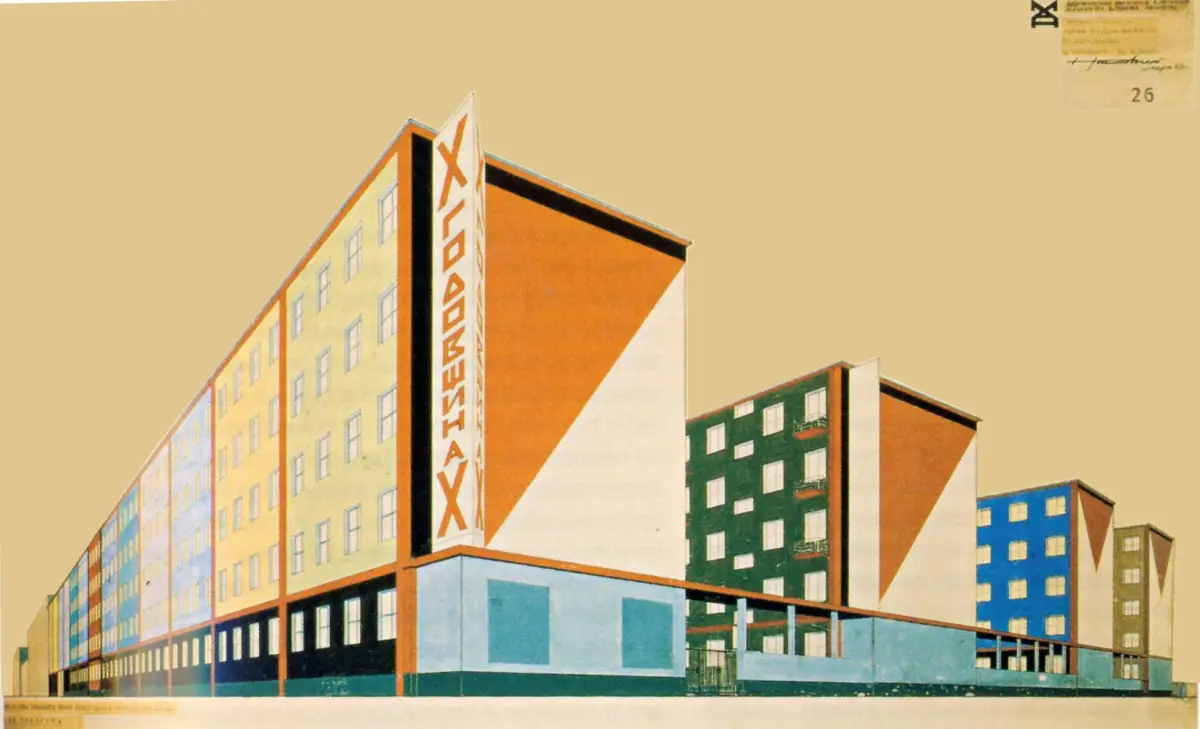
From The Charnel House
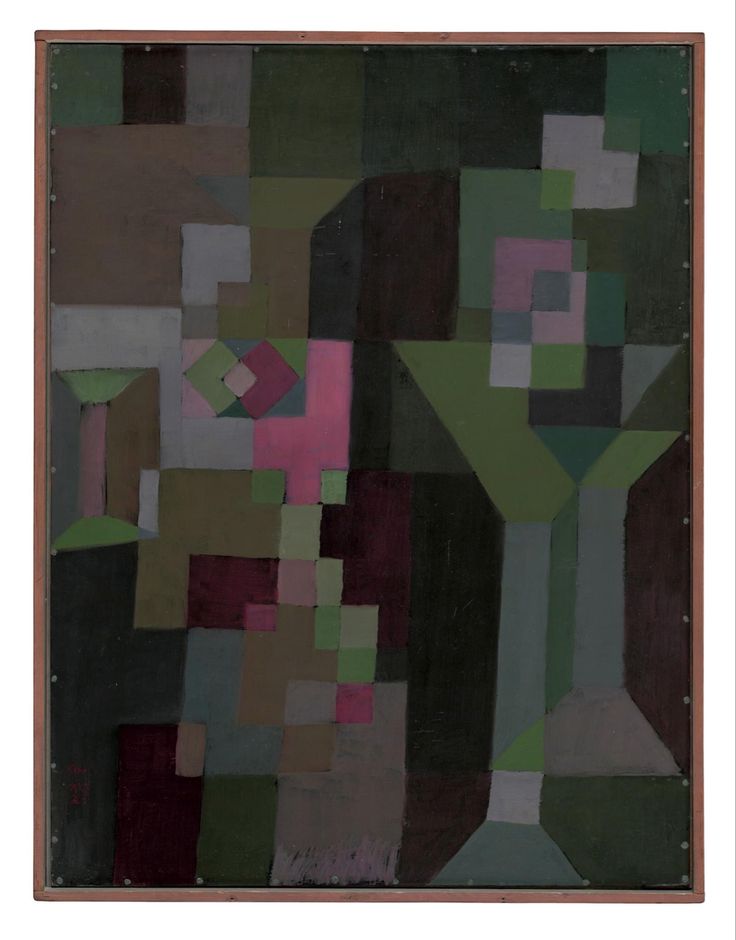
See below for an example of Klee’s artwork (cropped) used to illustrate the cover of a sf novel — one that I consider a Radium Age proto-sf novel.
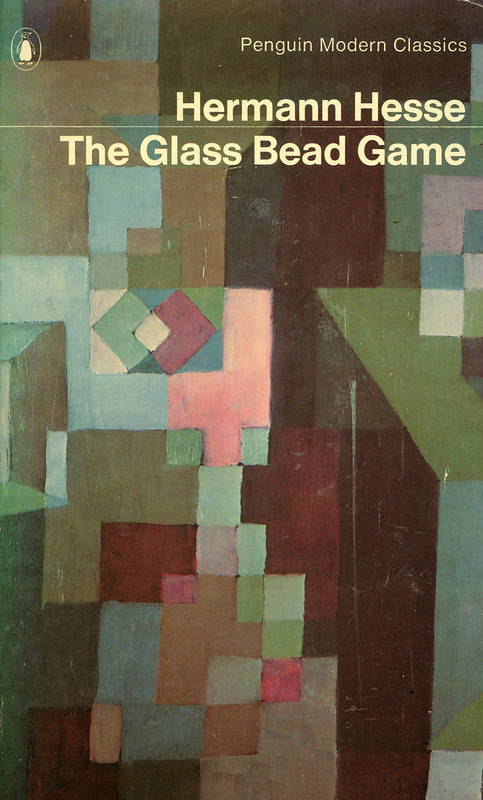
MORE RADIUM AGE SCI FI ON HILOBROW: RADIUM AGE SERIES from THE MIT PRESS: In-depth info on each book in the series; a sneak peek at what’s coming in the months ahead; the secret identity of the series’ advisory panel; and more. | RADIUM AGE: TIMELINE: Notes on proto-sf publications and related events from 1900–1935. | RADIUM AGE POETRY: Proto-sf and science-related poetry from 1900–1935. | RADIUM AGE 100: A list (now somewhat outdated) of Josh’s 100 favorite proto-sf novels from the genre’s emergent Radium Age | SISTERS OF THE RADIUM AGE: A resource compiled by Lisa Yaszek.

